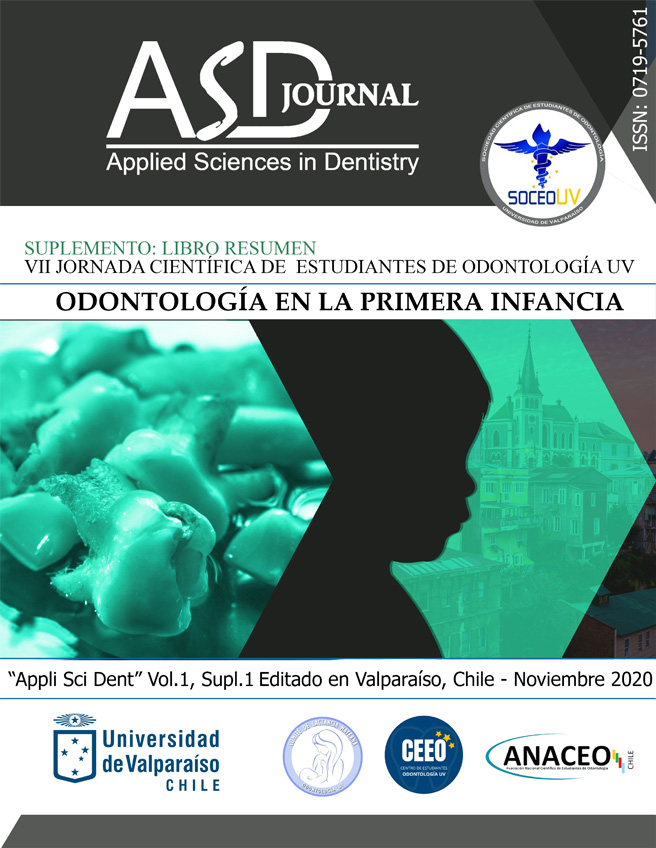Use of wheelchair recliner in a patient with Hallervorden-Spatz Syndrome: A case report
Keywords:
Hallervorden Spatz syndrome, wheelchair recliner, special cares, dentistryAbstract
Background: Hallervorden Spatz syndrome (HSS) is a rare neurodegenerative disease characterized by progressive extrapyramidal dysfunction and iron accumulation in the basal ganglia1. It is autosomal recessive and affects approximately 1-3 people per million2. It is characterized by movement disorders, particularly dystonia, dysarthria, gait disorders, and sudden onset of psychiatric symptoms3,4. Orally, protrusive lingual dystonia and involuntary spasms of the masticatory, lingual, and pharyngeal muscles are observed2. Our objective is to present the dental management of a patient with HSS in a wheelchair recliner.
Clinical Presentation: Male patient, 29 years old, diagnosed at 19 years of age with HSS and swallowing disorder. Physical examination revealed dystonia, dysarthria, and gait disorders; Occasional wheelchair user. The intraoral exam showed a considerable accumulation of bacterial plaque, gingivitis, multiple caries, and teeth in residual root state. Comprehensive dental treatment included manual scaling, multiple restorations, extractions of the residual root of teeth 1.5, 1.8, and 2.8 with deep caries and pulpitis. Dental care was performed in a wheelchair recliner, allowing better positioning and reducing the risks of dystonic movements that could interfere with dental treatment5. He was completely discharged, and a follow-up appointment was booked three months further in due to his high cariogenic risk.
Clinical Relevance: In the limited literature available regarding HSS, the need for the use of sedation to perform dental treatment is described on account of the challenge of cooperating due to anxiety and/or movement disorders, in addition to the limited mouth opening considering spasticity and stiffness muscular6,7.
It is described that the mismanagement of secretions and psychomotor retardation makes it impossible to attend this kind of patient in the dental office in a conventional manner7, resulting in extraction as the procedure of choice1. By installing the patient in a conventional dental chair, a precarious and distressing situation is created, as it is not possible to maintain a comfortable and stable position due to the lack of muscular control8. However, by having a recliner there is greater cooperation from the patient, allowing the exploration of less aggressive, lower-cost treatments with interdisciplinary management5.
Conclusion: The use of a wheelchair-recliner for the dental care of patients with movement disorders is a tool that considerably facilitates dental treatment5. The information obtained during the development of this case provides information that allows dentists to approach the management of patients with HSS.
Downloads
Downloads
Published
How to Cite
Issue
Section
License
Authors retain copyright and grant the journal right of first publication with the work simultaneously licensed under a Creative Commons Attribution 4.0 International License that allows others to share the work with an acknowledgment of the work's authorship and initial publication in this journal.
Authors are able to enter into separate, additional contractual arrangements for the non-exclusive distribution of the journal's published version of the work (e.g., post it to an institutional repository, in a journal or publish it in a book), with an acknowledgment of its initial publication in this journal.
Authors are encouraged to post their work online (e.g., in their institutional repositories or on their website) only after publication online.
When uploading, disseminating or repurposing Open Access publications, the journal should be clearly identified as the original source and proper citation information provided. In addition to the Version of Record (final published version), authors should deposit the URL/DOI of their published article in any repository.


